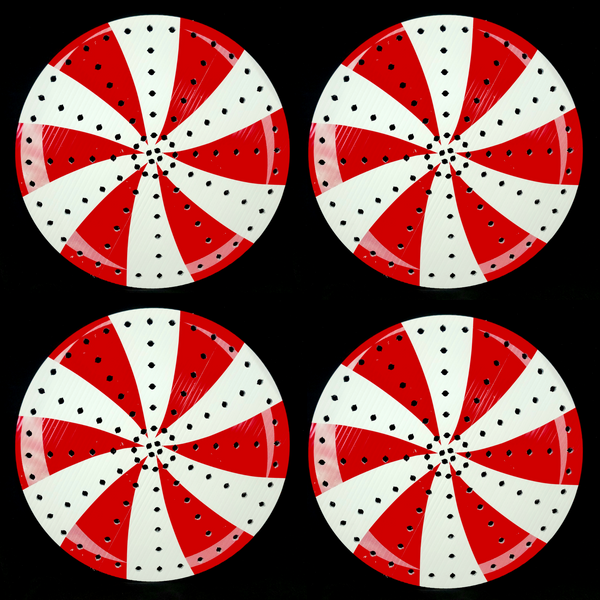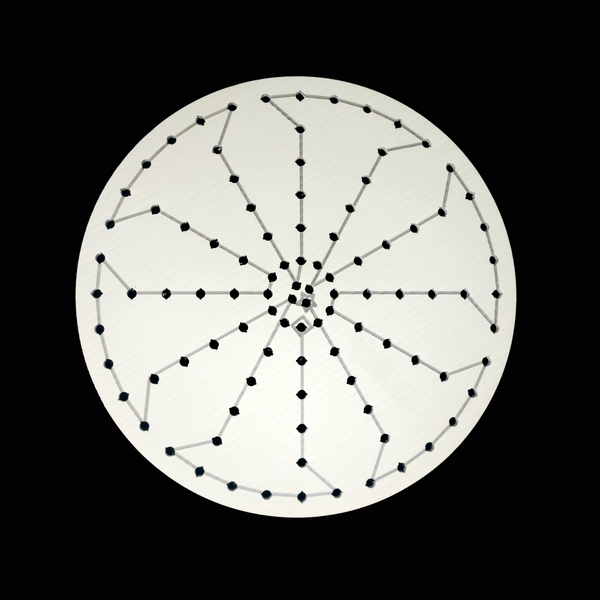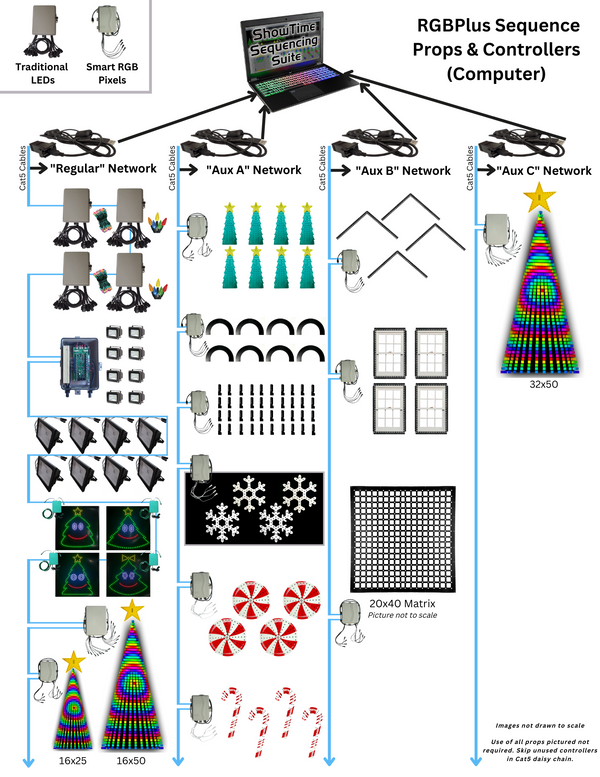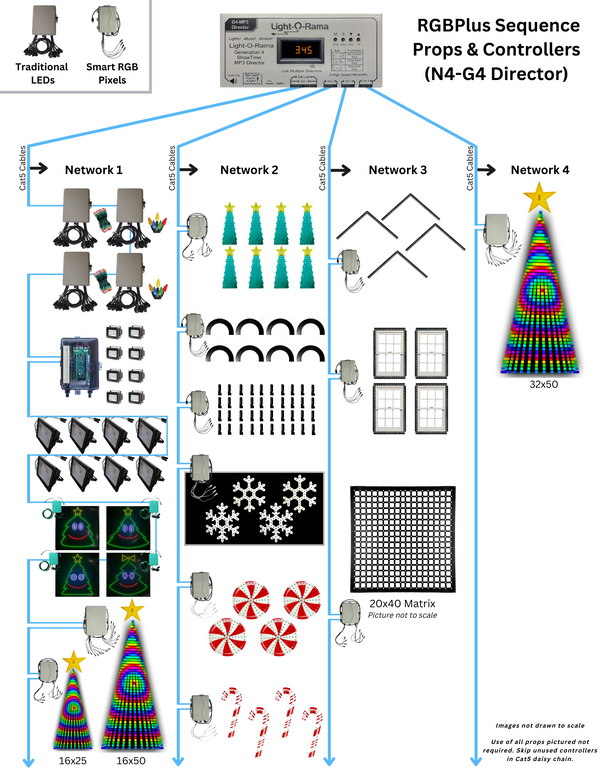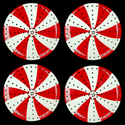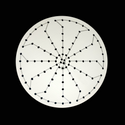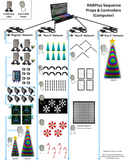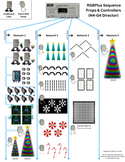Our Prop Packages include the Coro and Pixels you need to easily add smart pixel props into to your display, and use whichever Pixie controller best suits your needs (sold separately). These props can be connected to an existing network of Gen3 Light-O-Rama Controllers, or used on a separate network within the same show. A Cat5 cable is required to connect this controller to existing controllers in a multi-controller network, or a computer/showtime director if it is the only Unit in the show. The props in this package must be assigned to specific Unit IDs in order to work with our RGBPlus sequences.
S5.6.8 or higher is recommended for easiest use for personal sequence creation; a Pro license level is required to use Pixel Motion Effects. RGBPlus sequence requirements are listed per purchase page.
Included in this Package:
- 4 Coro Spinners - 100 Nodes Each. "Pixel Path" for pixel pushing included on the back of each prop.
- Approx. 22" in diameter
- 10mm White Coro with Red Stripes
- 8 Strands of White Bullet Pixels - 50 Ct (4" spacing). Two strands of 50 should be connected together per prop. LOR style connectors.
- Dangles not included. The controller you use needs dangles installed.
Not Included:
- Pixel Extensions
- Mounting material for home attachment
- Metal stakes or other ground mounting material
Our Prop Packages can be used in a display with custom sequencing as long as the controller's Unit IDs do not conflict with any other Unit ID assignments on the network, and network limits have not been exceeded. If you're looking for a package with the controller included, consider purchasing a CPC Kit (Coro, Pixels, Controller) instead.
Kit Assembly
Pixels are not pre-pushed. Assembly is to be completed by the customer. When viewing the spinner from the back, the spoke with the Pixel Path "star" (for "start") should be pointing straight down, with the pixel path continuing in a clockwise fashion until it reaches the "square" (for "stop").

